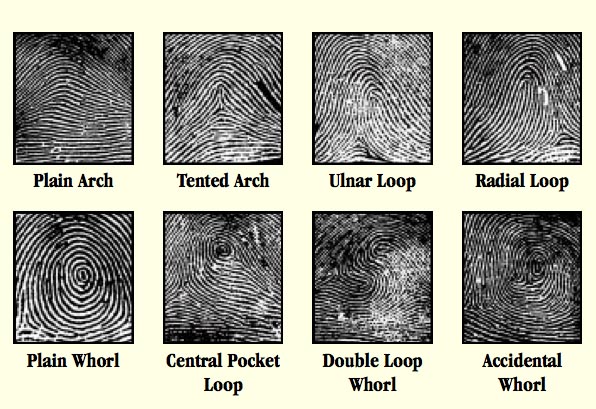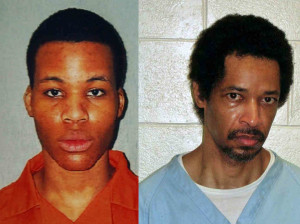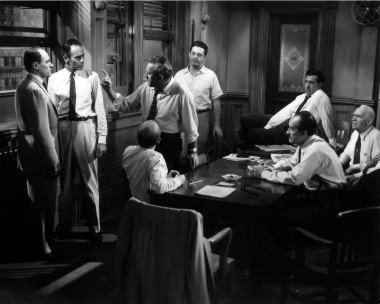Hello again . . . and welcome back . . . in my first post on evidence we covered some basic legal jargon on what evidence is commonly defined as, and what place it has in the courts and the criminal justice process.
Now, let’s move on to the nitty-gritty . . . the meat on the bone . . . and talk about the different types of evidence commonly involved in crimes.
Evidence can be only one of two things.
“Real” as in physical or tangible.
“Testimonial” as in someone testifying about something they observed.
“Real evidence” is exactly like it sounds. It is real. You can touch it. You can feel it. You can smell it. But sometimes, you can’t see it.
No, I haven’t lost my mind. Let me explain. Some real evidence can be clearly visible at a crime scene. It may be apparent blood spatter, or some red fibers found around a victim’s neck, or a cigarette butt left by a suspect, or bullets, etc. But sometimes evidence can’t be seen. In that case, it may be fingerprints that are on a nightstand the suspect leaned on when he came through the window.
But wait. How can I find something I can’t see?
Glad you asked!

Fingerprints that are not visible to the naked eye (meaning you are not using anything else to assist you in finding them, such as a magnifying glass, special lighting, chemicals, etc.) are called “Latent” fingerprints. They are there, but you can’t see them with just your eyes. To find them, an experienced crime scene investigator will survey a scene and determine where a suspect might have touched. Then, chemicals will be used in those areas by the investigator to attempt to find these fingerprints and make them visible. Some examples of the chemicals may be fingerprint powder, fingerprints sprays, special fluorescent powders, iodine, cyanoacrylate fuming, and more to be discussed later on.
If you are a writer, this is fertile ground for letting anything happen. Anything. If the crime scene is not properly processed for latent fingerprints, none are found. Conversely, hidden evidence is found by a sharp crime scene investigator. Evidence could be destroyed. Nothing to link the suspect to the crime. The possibilities are endless, because you control what is or isn’t found. What a life a writer has!
I will cover tons more on evidence in the future, especially the most common mistruths, lies and fallacies of how fingerprints are found by the police, and how often they are found. That post will be called “The Biggest Lies About Fingerprints.” I may burst a few of your bubbles, but you are here to learn the truth, the whole truth, and nothing but the truth.
But, that is for a future post.
The other type of evidence is “testimonial evidence.” Testimonial means someone has testified, or will testify about some evidence. In most cases, the evidence is what they have seen, or heard, or felt, or smelled. The trouble is, many times it is about what they thought they saw, or thought they heard, or thought they felt, or thought they smelled. Testimonial evidence is not scientific like real evidence – it is simply what a person is willing to testify about in court.
A classic example of mistaken testimonial evidence is seen in the all time classic movie “12 Angry Men.” Without giving the storyline away, a young man is on trial for murder, but the underlying moral story is that the real and testimonial evidence is also on trial. If you have not seen this movie, I highly recommend you buy it or rent it. It is a true eye opener into evidence and its weak points.
Some examples of testimonial evidence is a person giving a statement to the police, and later testifying in court, that they saw the suspect running down the street after hearing three loud pops. Or, another scenario is they heard a thud from the apartment upstairs, and then loud footsteps around the time the police say their upstairs neighbor was murdered. Or, a first responder to a fire scene testifies they smelled a gasoline type smell at the scene of a fire in a shoe store, and therefore feels arson was involved.
The most important thing to remember from what we have learned is that real evidence, if collected, preserved and analyzed correctly, is irrefutable in court. It is the basis of scientific analysis.
Testimonial evidence is what a person thinks they saw, or heard, or smelled, or felt. Many times, it is tainted with some prejudice, poor judgment, accidental errors, incredible assumptions, or just plain mistakes. A sharp criminal defense attorney will chew up these witnesses when they testify to try to bring out possible taints. On some occasions, witnesses will purposely lie to the police, either for their 15 minutes of fame, or because they have a grudge against the “suspect”, or any combination of the two.

This was exactly what was done years ago in the Washington D.C. sniper serial murders. A man came forward and said he saw the suspect’s vehicle, after a possible description was put out by the police. It turned out the “witness” made his whole sighting up, and admitted it later, claiming he just wanted to be on television.
I hope I have clarified the differences between different types of evidence. But, we are far from done. There is so much more to cover on evidence, since evidence is a powerful player in a person’s guilt or innocence. If you are a writer of mystery, suspense, police procedural, or any genre where you will have some crime in your work, you will not want to miss these posts. Even if you are just an aficionado of mystery and suspense, it is great reading.
In my very next post, Just What Exactly is “Evidence?” Part 3, I will cover the purposes of evidence, the different physical characteristics of evidence, and how their differences are crucial in what you write about in your works. It might mean the difference between a ho-hum ending . . . or a killer ending.





